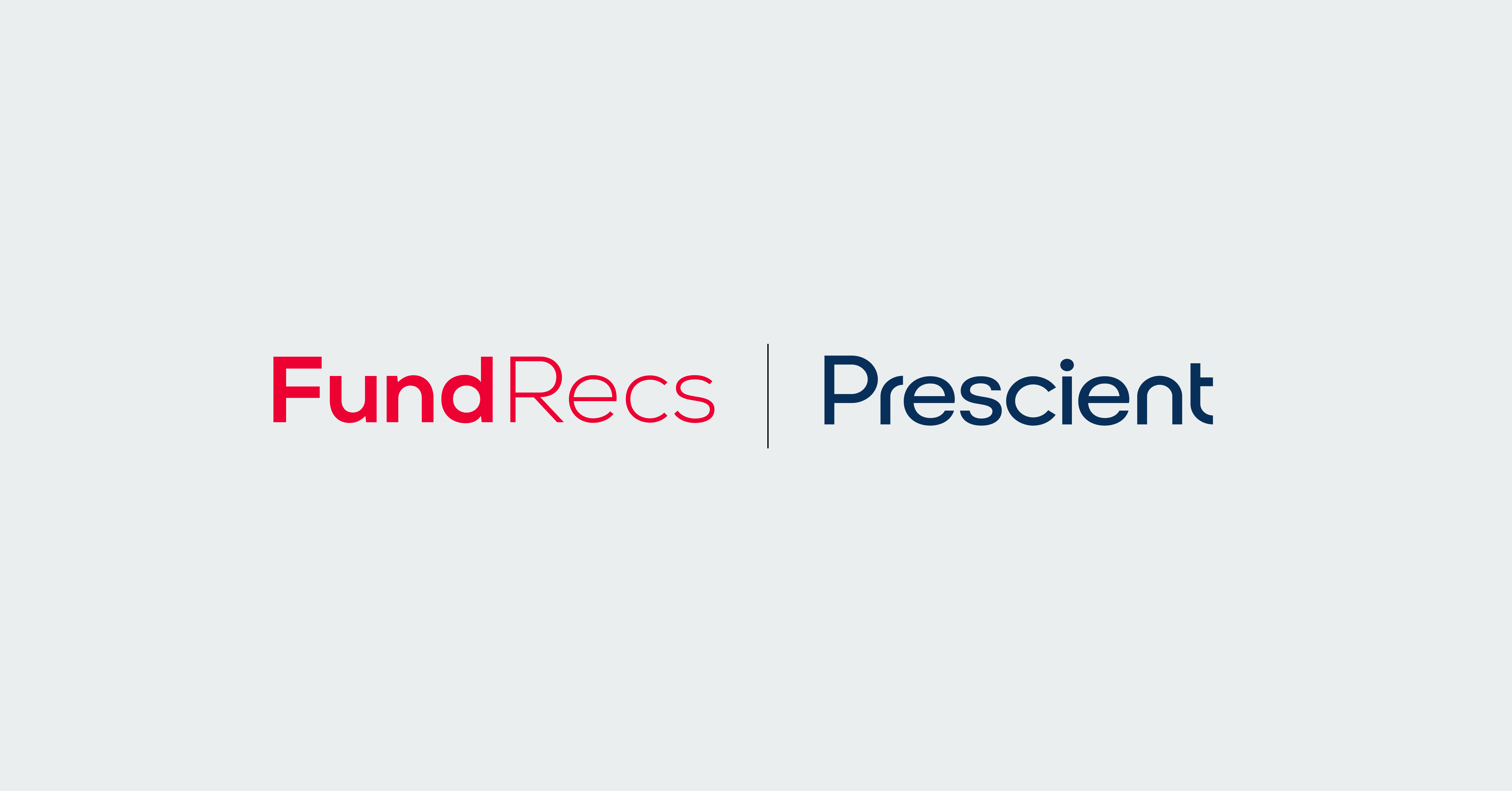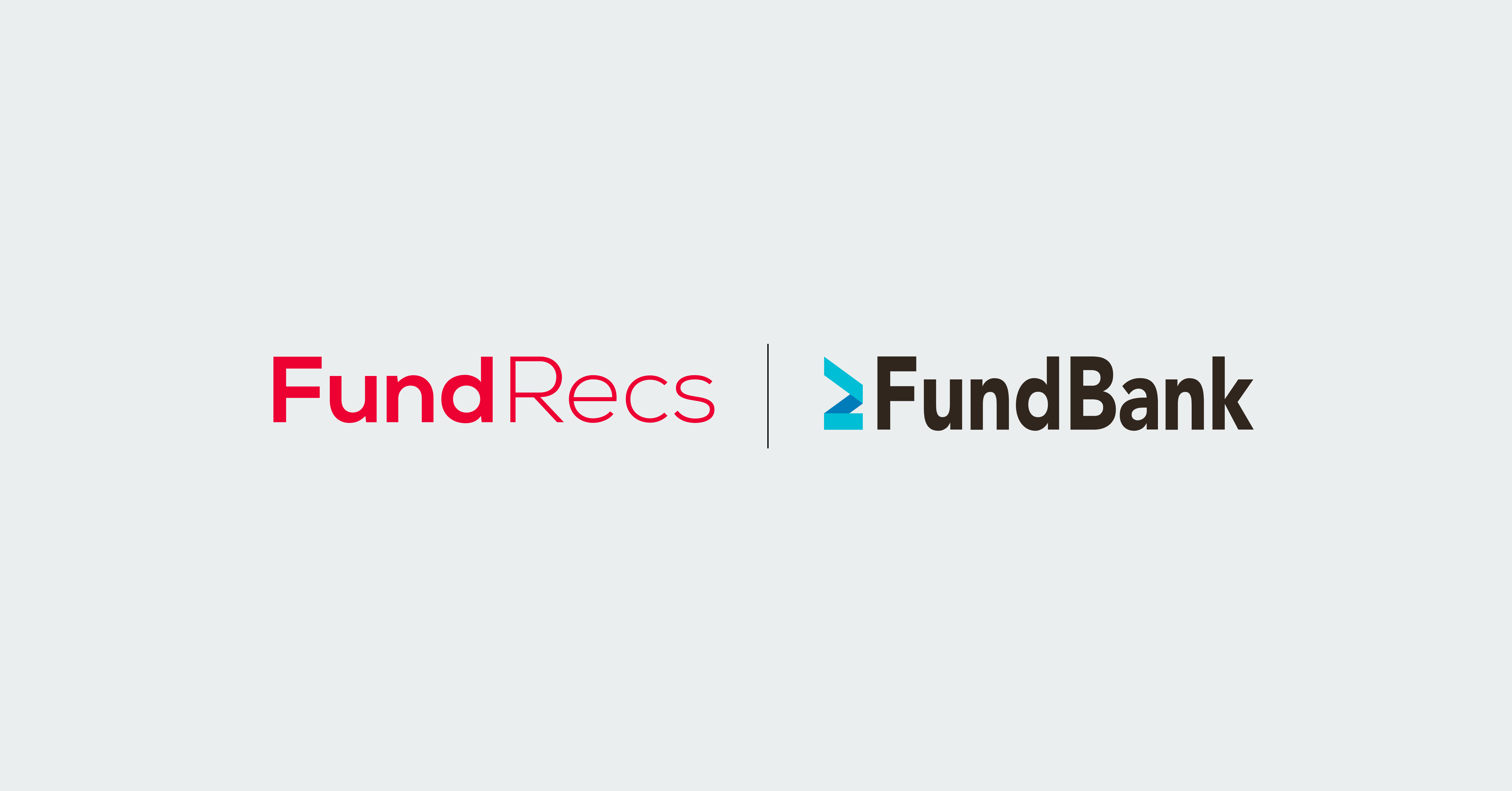SFTR – What you need to know


The Securities Financing Transaction Regulation (SFTR) was established by the EU to increase transparency in the securities financing markets. Published in the EU Official Journal on 23 December 2018, SFTR primarily involves transaction reporting to a Trade Repository (TR). Its obligations were designed to take effect on a phased basis over several years.
What is SFTR?
SFTR was introduced by the EU as a response to the Financial Stability Board’s review of shadow banking. It aims to implement the policy framework for addressing risks in securities lending and to increase transparency in the market.
There are extensive transaction reporting requirements under the regime. Counterparties are required to report details of Securities Financing Transactions (SFTs) they have entered into a TR.
The SFTR defines SFTs as:
- Repurchase agreements (repos)
- Securities borrowing or lending (SBL) including commodities
- A buy-sell back transaction or sell-buy back transaction
- Margin lending transactions
Who is in scope?
SFTR applies in a number of instances, including any counterparty to a securities financing transaction established in the EU, as well as all its branches irrespective of where they are located. It also applies where the SFT is concluded by an EU branch of a counterparty, where the SFT is established in a third country.
It applies to UCITS, UCITS management companies, EU AIFs, and EU authorised AIFMs.
Finally, it applies to a counterparty engaging in reuse that is established in the EU or a third country, if it is completed by an EU based branch.
What is the reporting obligation?
SFTR mandates reporting of all SFTs to TRs. Reporting to a TR must be completed within one working day of the conclusion, modification, or termination of the SFT. There are up to 155 reporting fields. All the details to be reported with respect to each SFT are set out within the regulation.
How can Fund Recs help?
Data quality is imperative to the SFTR reporting process with regulators paying close attention to the SFTs reported to TRs.
ESMA’s SFTR data quality report, published on 15 April 2021, enforced this point stating, “considering the complexity and large scale of the SFTR reporting regime, it is imperative that counterparties, TRs, ESMA and NCAs dedicate enough resources to monitor data quality thoroughly.” It added that future editions of the report will include a more extensive overview of SFTR data quality.
The Fund Recs SFTR Reconciliation helps UCITS, UCITS management companies, EU AIFs, and EU authorised AIFMs monitor data quality and ensure they are compliant with the regulation. We provide an automated solution to reconcile the data reported to TRs with that in the accounting book of record, ensuring data is complete, accurate and timely.
If you’d like to find out more about SFTR and how Fund Recs can help, request a demo today.


